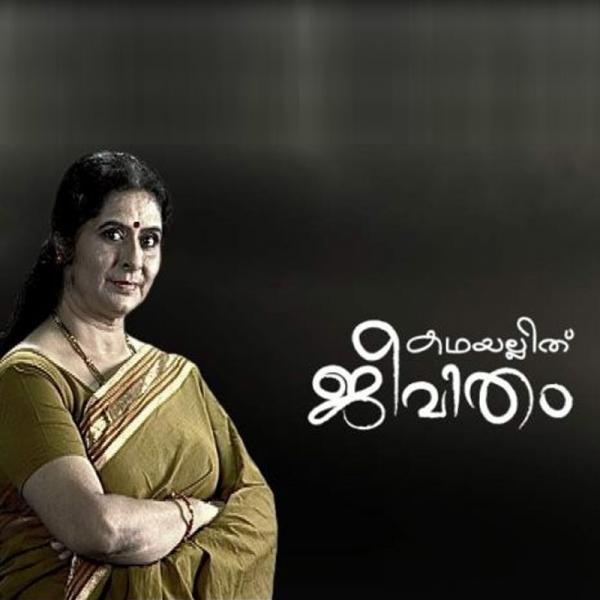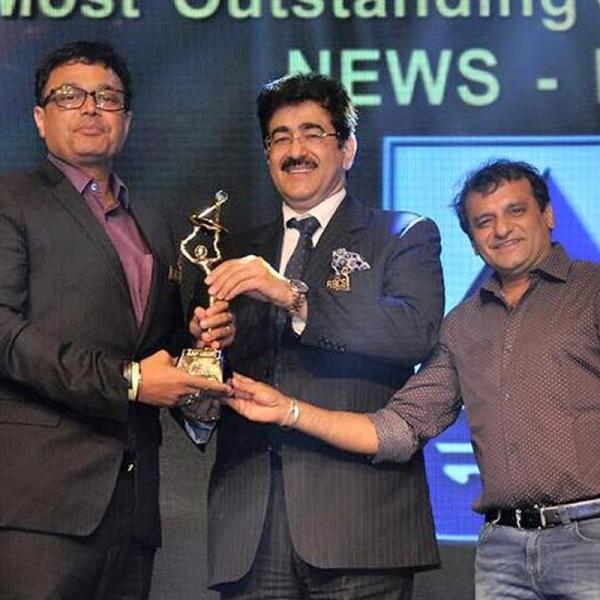Regional television struggles to find its voice
BENGALURU: What good would a FICCI MEBC event be in Bengaluru without a discussion on the current status of regional
MUMBAI: Intro: The suave Union minister lived up to his image of being a consummate speaker by dwelling on the real, everyday problems faced by India‘s women and the challenges he faces as a minister in legislating laws that can engender change. He then proceeded to list the reforms the UPA Government has been trying to bring in in response. He also mentioned that gender sensitisation probably needs to start with the ruling male-dominated political class.
Points:
1. The challenges may be stiff and steep, but we must not give up the fight for dignity of our women. The question of women‘s rights is fundamental to the future of India.
2. To bring about change, the government has two tools: Legislation and education. Legislation is a top-down approach. Education is a more organic process towards creating a conducive atmosphere for change.
3. To invest in the future is the way to go. It‘s only by educating our children that we can hope to create a long-lasting impact.
4. Legislation can‘t change social ills like dowry. It only drives them underground, creating a new set of legislative challenges.
5. Educate women; it makes for common sense. As Mahatma Gandhi said, if you educate a boy, you create a good a good man at best. But if you educate a woman, you educate a family and transform society.
6. Tharoor buttressed this assertion with facts and figures, saying that studies in African countries have shown that kids of a mother who receives five or more years of education have a 40 per cent more survival rate than kids of mothers with less than five years of education because they have a better appreciation of health and sanitation issues.
Quotes:
1. "Kerala‘s women are more educated, and as a result, the birth rate there is 1.7 per cent. Bihar, with a less than 50 literacy for women, has a birth rate of 4 per cent."
2. "The mark of a healthy society is the way it treats its women."
3. "There is a simple fundamental two-word solution to our problems: Educate girls."
4. "The Government‘s job is not just to create infrastructure, it must raise consciousness."
5. "Women aren‘t exempt from being patronised by patriarchy. Recently, a chief minister told a gathering of extremely accomplished women about the virtues of making the perfect chapatti."

MUMBAI: Kathayalla Ithu Jeevitham, Amrita TV?s iconic show that crossed the line from mere entertainment to raw realism and became the last legal resort for families at war with themselves, has passed the laudable milestone of 500 episodes. Conducted under the aegis of KELSA (Kerala Legal Services Authority) and hosted by famous yesteryear heroine Vidhubala Ambat, it is telecast from Monday to Friday at 9.30 pm.
Kathayalla Ithu Jeevitham is a television courtroom show in which authentic domestic issues and genuine personal problems that have breached peace in a home and pitted sibling against sibling, caused discord between husband and wife and set neighbours at each others throat, are brought to the studio floor. With the guidance and counseling of the jury panel form KELSA and the anchor, the conflicts are smoothed out, the differences reconciled and an amicable settlement acceptable to both parties arrived at. The agreement is drawn up into a contract, attested by both parties and validated by the seal of KELSA so that no one can renegade on their promises.
Since its launch, the show has been doctoring to the disorders plaguing familial relationships in Kerala, every type of which has been afflicted by glitches. The jury and the anchor have never tried to go in for quick-fix remedies to the disputes but have painstakingly gone to the root of the matter to bring about a permanent cure to the problem. Their efforts have been well-rewarded .
Over its previous 500 episodes, they have been able to mend breaches in more than a 100 feuding families on the brink of being torn apart by rifts. 30 couples who had parted ways over misunderstandings were guided back to matrimony and now live happily together. 25 individuals dotting the ?missing persons? list that includes absconding husbands who have deserted their near and dear and eloping wives ? have been tracked down and returned to the bosom of heir families.20 lakh rupees have been disbursed to bailout those in financial deep waters.
The programme offers advantages to its participants and viewers alike. What induces the man in the street to approach Kathayalla Ithu Jeevitham is the certainty of quick and fair out-of-court settlement to his problem, in contrast to the traditional judiciary routes where cases lie in limbo with sentences pending for years. The viewers get tutored in the basics of law, by closely following the issues that are featured in the show.
Kathayalla Ithu Jeevitham which finds lasting solutions to domestic and financial issues, has risen in stature from an adalat show dispensing justice to a platform rendering invaluable social service. Answering SOS calls from families in distress and giving the healing touch to souls in strife , Kathayalla Ithu Jeevitham presents the last port of call for those waiting for justice.

NEW DELHI: Third edition of the prestigious BCS Ratna awards concluded on 26 Feb 2012. The awards function was held at Mapple Emerald Gurgaon ? Jaipur highway from 7 pm onwards. Shri. Rajiv Shukla and Shri Muktar Abbas Naqvi graced the occasion with their presence and presented awards to the nominated persons. Heart throbbing and scintillating performances were show cased by artists from Paris and India. Entire Cable fraternity, Broadcasters, Hardware and services solution providers, Government representatives, witnessed the function with great enjoyment and enthusiasm.
All India Aavishkar Dish Antenna Sangh which is a largest association of cable TV operators in India has instituted these awards for honoring outstanding performers from cable and television industry. According to its founder president Dr. A.K. Rastogi previously cable TV operators were ignored by the society in general and Broadcasters in particular. BCS Ratna Awards has created a platform to build up networking and fellowship among all stake holders of the TV Broadcasting industr in India.
Earlier SATCAB symposium was held from 10 am till 5 pm. Symposium threw light on the current industry scenario and the future trends of the industry in general. CEO of Star India delivered the inaugural speech and valedictory speech was delivered by Ms. Supriya Sahu Joint Secretary Ministry of Information and Broadcasting Government of India. Mrs. Sahu told that Digitalization has become a law now and every cable operator and MSO has to see that it is implemented in letter and spirit. Mr. Udhay Shankar assured the cable fraternity that Star and other broadcasters will provide best possible support to cable fraternity. Panelists discussed topics like Reforming and repurposing Electronic News. The discussion was moderated by Shri Satish Jacob and other panel members were Shri Ajit Anjum Managing Editor News 24 , Shri Satish. K.Singh Editor Zee News, Shri Ashutosh Editor in chief IBN 7 and Mr. Sudhir Chaudhary CEO Live India. They stressed they need to maintain quality in news content and not to treat news as an entertainment.
The other topics were Towards a Digital India by June 2012. Panelists discussed challenges and constraints in implementing digitalization. Supply of Set top Boxes, Investments on digital technology by cable operators, consumer challenges were discussed during this discussion. Another panel discussed convergence and VAS. The last topic of the symposium was focused on Cable TV future trends. Panelists discussed about revenue sources for cable operators post digitalization era. Various future trends of the industry were discussed during the discussion.
Cable TV industry was represented by its state associations from Tamil Nadu, Kerala, Karnataka, Andhra Pradesh , Assam , West Bengal , Bihar, Gujarat, Maharashtra , Madhya Pradesh , Chhattisgarh , Orissa, Rajasthan, Haryana , Himachal Pradesh , Punjab, J&K, Delhi ? NCR etc. Positive things happened during the symposium. Lot of interaction held between panel members and the audience.
These events were organized by Avishkar Group. Aavishkar group is into publishing of Magazine and tabloid on TV Broadcasting Industry.

 switch
switch
 switch
switch